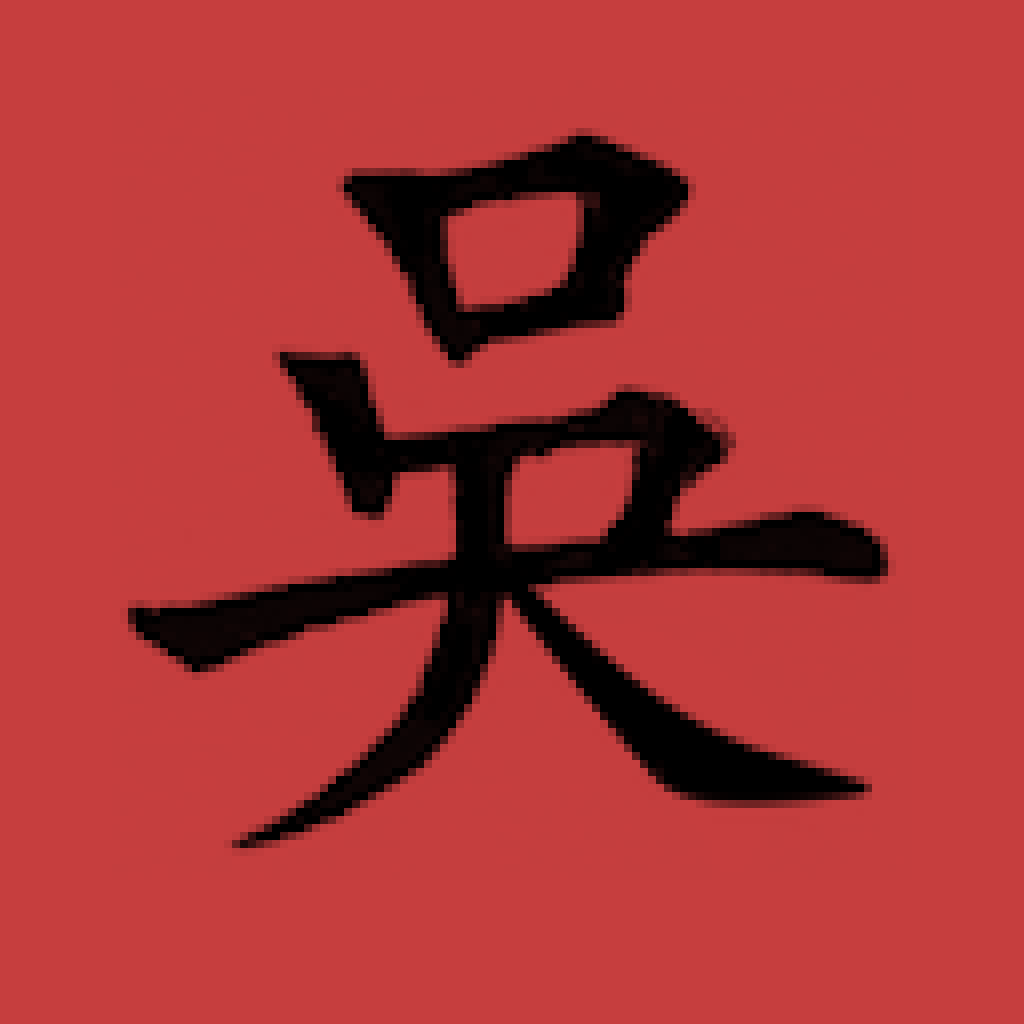
of great size big large huge Antonym: 小 ( xiǎo) 這 個 太 大 了! / 这 个 太 大 了! ― Zhè ge tài dà le! ― This is too big! 呢 條 褲 好 大 條。.* Period "." indicates syllable boundary. * Hyphen "-" indicates morpheme boundary * Square brackets "" indicate uncertain identity, e.g. * Parentheses "()" indicate uncertain presence ( Hokkien: Xiamen, Quanzhou, Zhangzhou, Jinjiang, General Taiwanese).Also compare Chinese 多 ( OC *ʔl'aːl, “many, much”), 都 ( OC *taː, “all”). There is no final –s in the Tibeto-Burman words, but a –y, which, according to James Matisoff, "indicates emergent quality in stative verbs". Proto-Tibeto-Burman *taj ( “ big ” ), from which came Written Tibetan མཐེ་བོ ( mthe bo, “ thumb ” ), Anong tʰɛ ( “ big large great ” ), Mikir tʰè, ketʰè ("id."), Burmese တယ် ( tai, “ very ” ), is often compared with. There are no unambiguous Tibeto-Burman cognates. Wang (1982) also lists 誕 ( OC *l'aːnʔ, “big, magniloquent, ridiculous”) as a cognate, which Schuessler (2007) suggests is cognate with 延 ( OC *lan, *lans, “to extend”) instead. Within Chinese, they are cognate with 太 ( OC *tʰaːds, “too, excessively”), 泰 ( OC *tʰaːds, “big”). Axel Schüssler postulates that all pronunciations can eventually be traced back to liquid initials, i.e. Both readings are reflected in Sino-xenic readings in non-Sinitic languages, although the diphthong readings dominate in compounds. However, the monophthong reading 1) has been recorded as early as Han Dynasty, and Sui-Tang rhyme books record both. Pronunciation 2), the diphthong reading, is traditionally regarded as the correct one. This is the ancient form of 太 ( tài, “too, excessively”) and this orthographical usage is obsolete in modern languages. Modern tài, from Middle Chinese tʰɑiH, from Old Chinese * l̥ˤaːts.

literary) pronunciation occurs only in compounds such as 大夫 ( dàifu, “doctor”) and 大王 ( dàiwang, “( in operas, old novels) king ringleader”). This Middle Chinese pronunciation-preserving (i.e. Modern dài, from Middle Chinese dɑiH, from Old Chinese * lˤaːts.Derived senses: "size" ( Mozi), "thick" ( Zhuangzi), "to respect" ( Mengzi), "to respect" ( Xunzi), "to extol" ( Gongyang Zhuan), "to exaggerate" ( Classic of Rites), "arrogant" ( Guoyu), "good" ( I Ching), "( of time) long" ( Erya), "senior" ( Shijing). The phonological development from Old Chinese to Middle Chinese is irregular. Modern dà, from Middle Chinese dɑH, from Old Chinese * lˤaːts.Three pronunciations can be found in Modern Standard Mandarin: Ideogram ( 指事): a person 人 with arms stretched out as far as possible, implying the meaning of big/great/large.Ĭompare with 尢, which is a man with bent legs.Ĭompare also 文, which is a man with arms outstretched and a crest or tattoo on his chest, and to 夭, which is a man with arms outstretched and leaning to side (running).


 0 kommentar(er)
0 kommentar(er)
